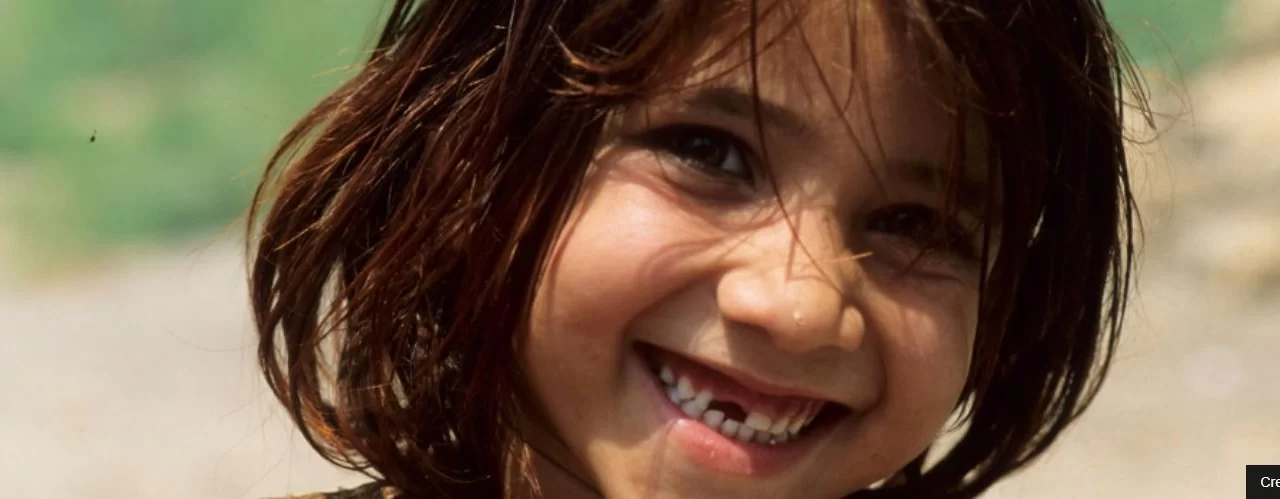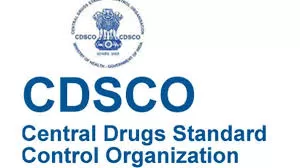Introduction: Child abuse remains a pervasive issue in the United States, affecting one in seven children annually. Of these, more than half suffer injuries to the craniofacial, head, face, and neck regions, highlighting the critical role oral health professionals play in identifying abuse. A recent study, led by Dr. Anupama Rao Tate of the American Academy of Pediatrics and published in Pediatrics, provides crucial guidelines for pediatricians and other healthcare providers on evaluating dental signs of abuse and collaborating effectively to report these incidents.
Methodology and Findings: The study draws attention to the alarming statistic that approximately 323,000 children were identified as having experienced physical abuse in 2006, according to the Fourth National Incidence Study of Child Abuse and Neglect. Children with orofacial and torso bruising, particularly those under the age of four, are at a heightened risk of future, more severe abuse. Moreover, survivors of child trafficking are found to be twice as likely to suffer from dental issues due to poor nutrition and inadequate care.
The research underscores the importance of pediatricians testing for sexually transmitted infections in cases of suspected oral sexual abuse and meticulously documenting these incidents to support forensic investigations. The study also emphasizes the need for consultation with forensic pediatric dentists or child abuse specialists when evaluating bite marks or other signs of abuse.
Best Practices and Reporting: One of the key takeaways from the study is the responsibility of pediatricians to report cases to child protective services if a parent fails to seek treatment for a child’s oral or dental disease, as this could indicate dental neglect. Additionally, the study advises healthcare providers to remain vigilant when screening for signs of child trafficking, stressing that trafficked children may still receive some form of medical or dental care while in captivity.
The research also highlights the potential for bias among physicians who share a similar background with the parents or caregivers of a child suspected of being abused. It is crucial for clinicians to be aware of this bias and ensure it does not interfere with their professional judgment in reporting suspected abuse.
In Practice: The study’s authors advocate for the involvement of pediatric dentists and oral and maxillofacial surgeons in child abuse cases, as their advanced education programs include a mandated curriculum on child abuse. These specialists can provide valuable assistance to other healthcare providers in identifying and managing oral and dental aspects of abuse and neglect.
Conclusion: The findings from Dr. Tate’s study offer vital guidance for clinicians in identifying child abuse through oral health assessments. By following these best practices and fostering collaboration among healthcare providers, the medical community can play a pivotal role in protecting vulnerable children and ensuring timely intervention in cases of abuse.
Source: The study was published online in Pediatrics and was led by Dr. Anupama Rao Tate. No limitations were reported in the study, though one of the contributors, Susan A. Fischer-Owens, disclosed financial ties with Colgate.











